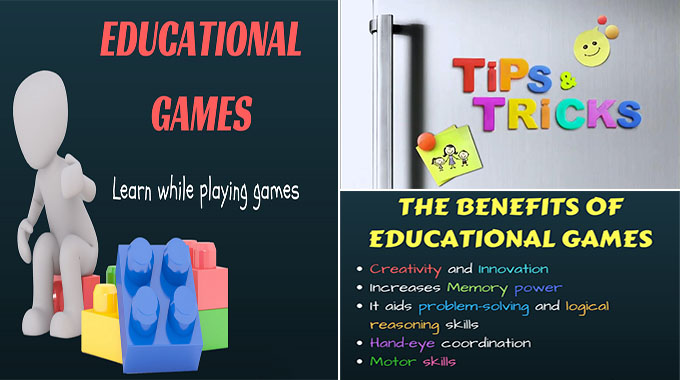In this article we’ll take a closer look at the benefits of educational games for students. Among the benefits are: Learning by playing, collaborating in a team, boosting motivation, and creating meaningful learning experiences. Read on to find out how educational games can benefit your students. And don’t forget to share these benefits with your students! Read on to discover the best educational games for students. You’ll be glad you did!
Learning by playing
The majority of people in the modern world spend most of their time on mobile devices. College students, for example, may spend up to 20 hours a week on their phones. These hours may be spent waiting in line, traveling, or simply passing the time. Educational games on mobile devices may increase the amount of time students spend learning outside of the classroom. But how do they do this? Researchers have not yet come up with an answer, but some of them believe that educational games should be designed with that in mind.
Some studies have shown that students respond well to learning by playing educational games. They often find the tasks more engaging, and are more likely to retain information when they’re having fun. The best games will also have community-building elements. These games allow students to interact and debate ideas with other players. They may even offer students credit for creative errors in calculation, and teachers can give the student who makes the most creative mistake. However, it’s important to note that not all games will be suitable for the classroom.
Collaboration in teams
Collaborative learning is a term used to describe a variety of educational approaches. The term refers to a shared goal that is facilitated by students’ work on course materials, such as simulation games. Other forms of collaborative learning involve students working in small groups or pairs on a shared task. In addition to helping students learn to work together, collaborative learning involves sharing meaning and utilizing skills like self-management and role-shifting.
For effective collaborative learning, multi-player games should include design and environmental factors. According to Dr. Matthew Harrison, lecturer in Learning Intervention at the Melbourne Graduate School of Education, there are ideal conditions for collaborative learning. These factors include the game’s mechanics and all of the players’ roles. This way, students can develop the ability to solve problems and build relationships with their teammates. However, not all games are appropriate for classroom use.
Boosting motivation
Increasing student engagement with educational games has many benefits. Gamification, for example, can increase students’ self-efficacy and persistence. It may also increase the perceived value of engagement. However, it’s important to note that gamification doesn’t necessarily boost student motivation. Teachers should consider their classroom climate when choosing which type of educational game to use. In addition to the obvious benefits, gamification may also be a good way to foster teamwork among students.
In the present study, researchers used MC questions to test whether gamification can increase student engagement. The results indicated that 48.3% of students finished all four sessions of the educational game. Further studies may examine whether educational games can affect student attitudes towards learning. However, these results were preliminary and should be further studied with a larger sample size. Further research is needed to assess the long-term effects of gamification.
Creating meaningful learning experiences
Creating meaningful learning experiences with educational games for your students is not an easy task. If it were, companies like McGraw-Hill and Pearson would be at the top of the learning game market. Instead, they are a mere blip in the education industry. To make this industry a success, you must first ask teachers to provide you with a list of the subjects that your students are most confused about. If you can create games that help them to learn about tough concepts, then you’re on your way to a successful learning experience.
Children love to play games, and a compelling storyline can easily hook them. According to Kendra Cameron-Jarvis, an instructional technologist at Buncombe County Schools in western North Carolina, one game she developed is called Discovering the Ancient Pyramids Adventure. It features 360-degree views of ancient structures. The sixth-grade game requires students to solve a mystery in the Great Pyramid, a concept that is reinforced throughout the game.












